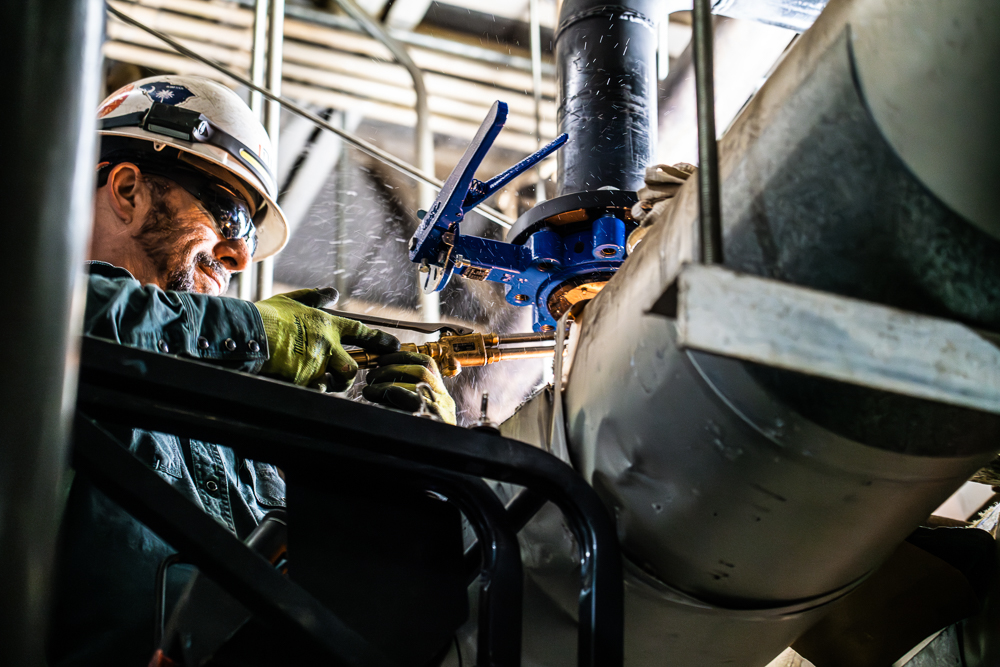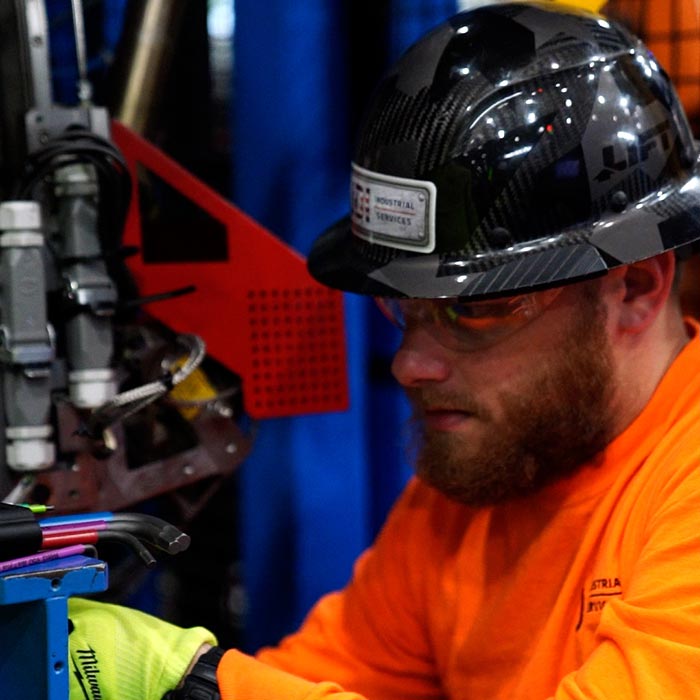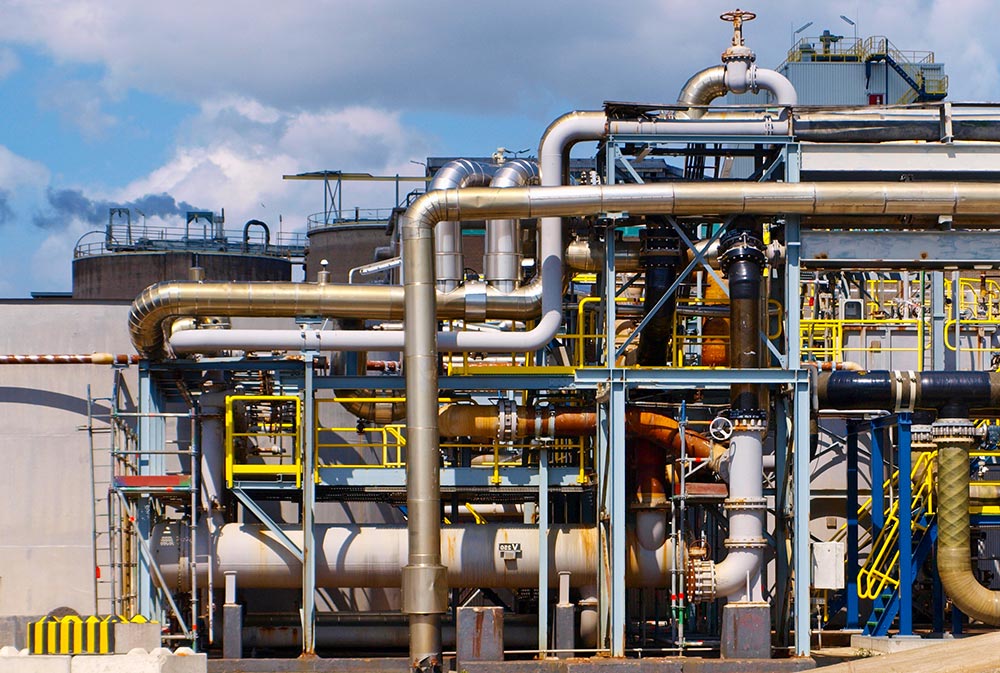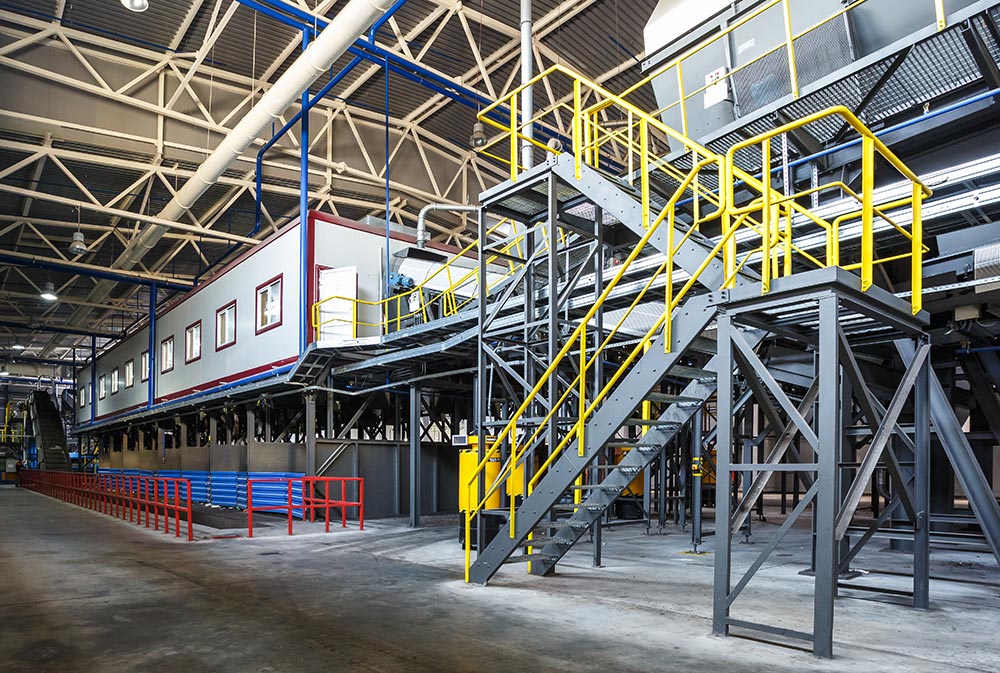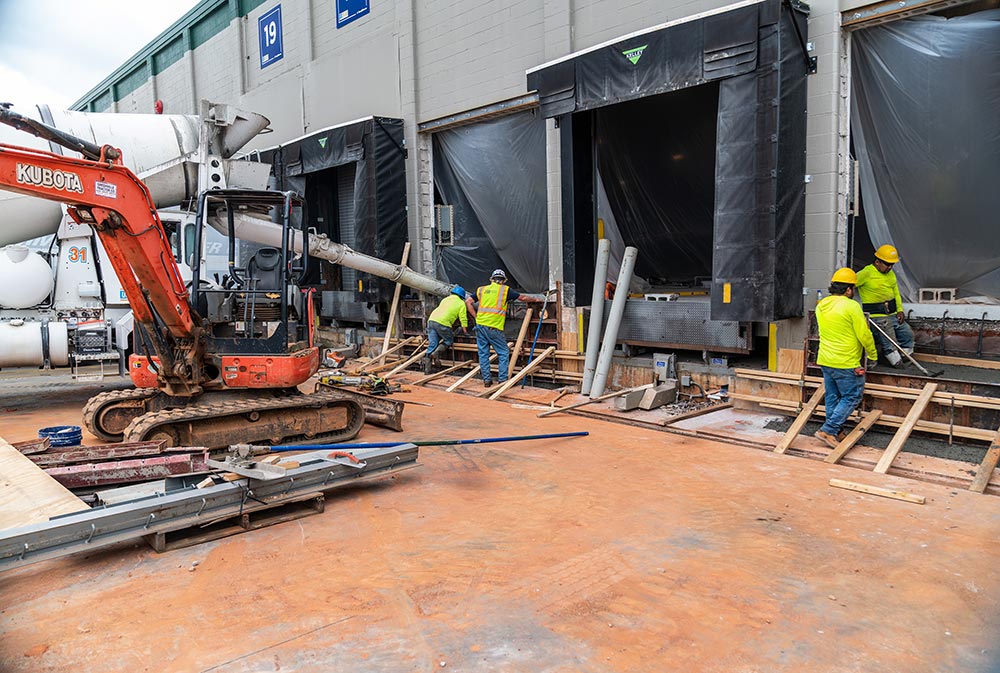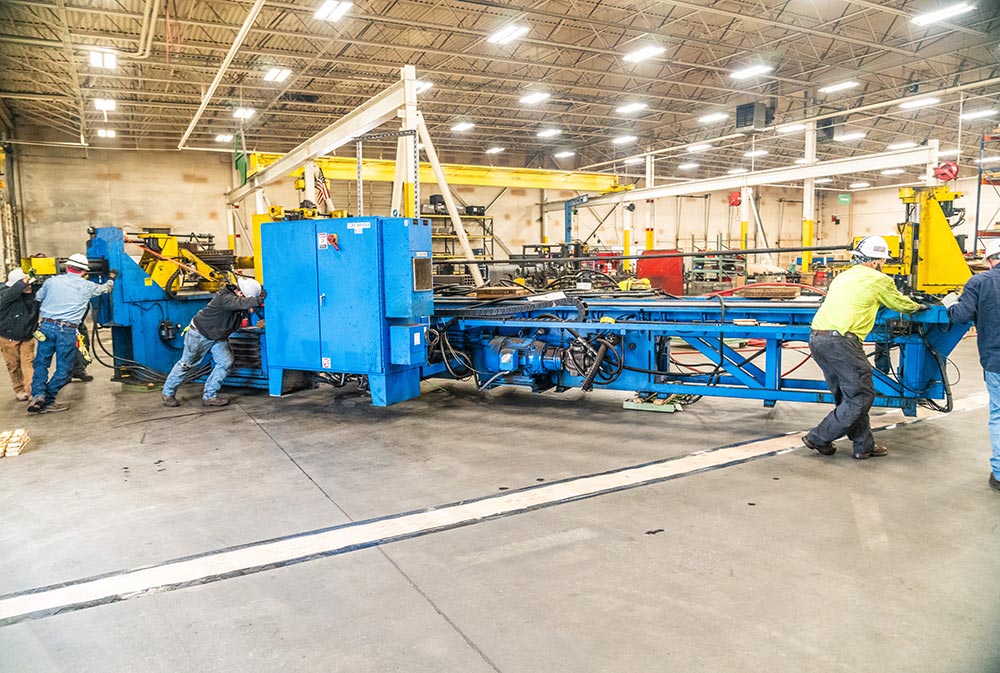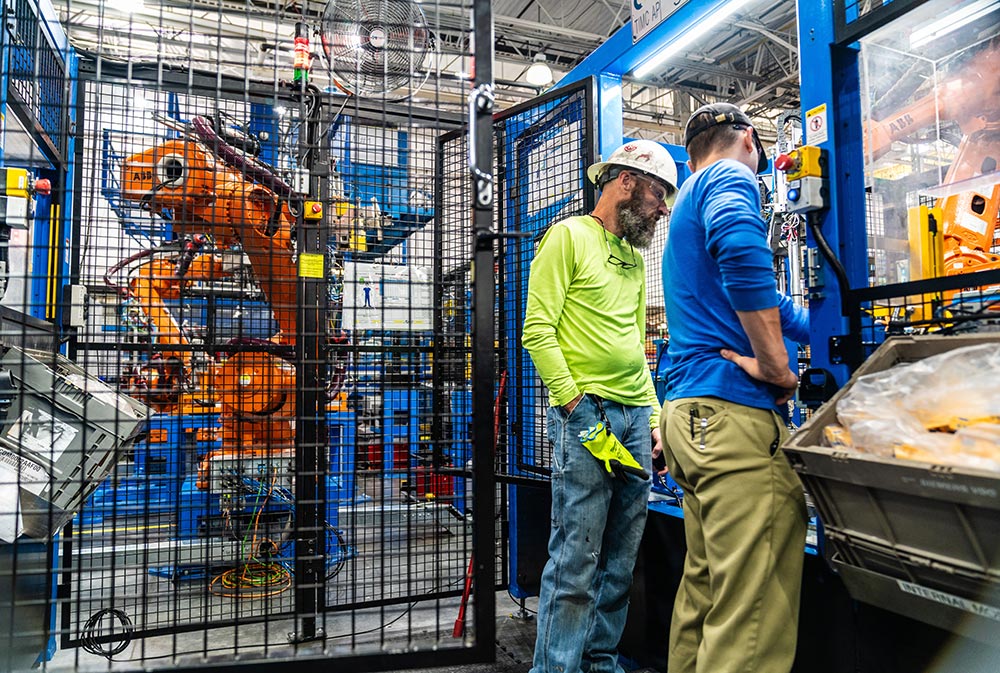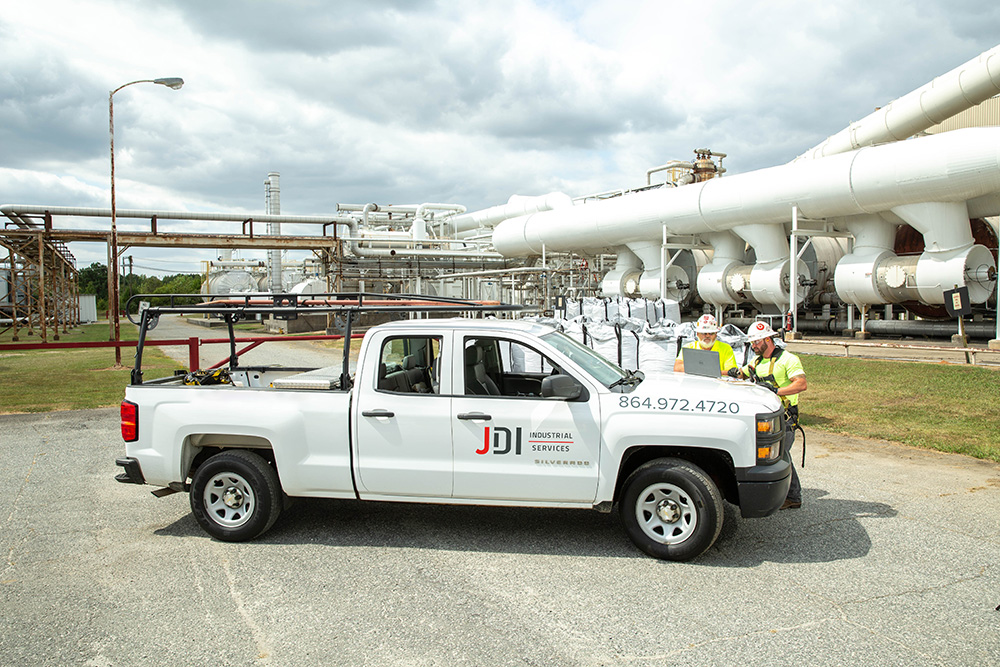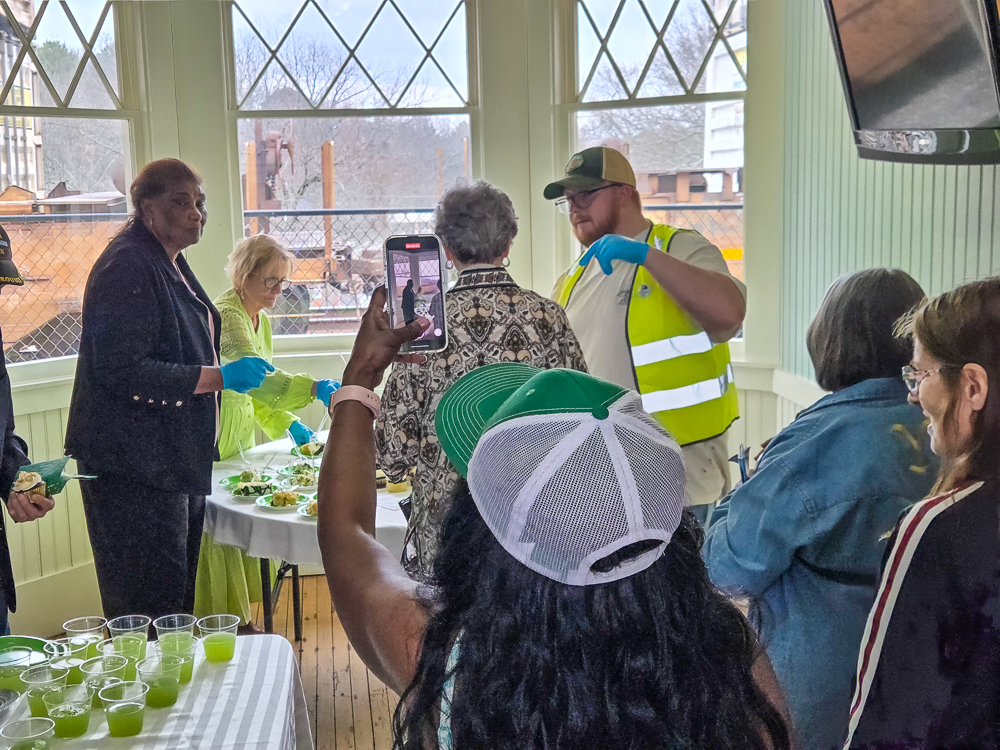Oconee County’s manufacturing sector is booming, with 25% of the workforce driving the industry’s success, ranking Oconee the 6th highest in South Carolina out of 46 counties. The manufacturing workforce is the 10th largest in the state. Strategic partnerships with Tri-County Technical College, Hamilton Career and Technology Center, and nearby universities like Clemson, support this solid manufacturing base. On top of that, businesses here can tap into a labor shed of 650,000 potential workers within a 45-mile radius.
Rich, Long History
Oconee County was named after a historic Cherokee town and the word “Ae-quo-nee”, meaning “land beside the water.” Oconee (Cherokee: ᎤᏊᏄ) town developed on the Cherokee trading path near present-day Oconee Station State Historic Site along Oconee Creek. The town was located along the Cherokee trading path of the early 18th century between the English colonial Atlantic port of Charleston and the Mississippi River to the west.
European-American settlement in this far western area of the colony did not begin until the late eighteenth century. Most did not take place until decades after the American Revolutionary War. South Carolina jurisdictions were successively called parishes, counties, judicial districts and counties again. Oconee County was not created until 1868, after the American Civil War and during the Reconstruction era. It was taken from part of the Pickens District and named after Oconee Town.
In the 1900’s the area had textiles manufacturing in towns like Newry and Seneca, as well as Westminster and Walhalla. The area was mostly agricultural aside from the textile industry that was booming, and then later became a more automotive and chemicals-focused industry in the 1980’s and on.
Current residents refer to Oconee County as the “Golden Corner” due to its status as South Carolina’s north-western most county.
A Beautiful Powerhouse
Oconee county has a total area of 673.57 square miles (1,744.5 km2), of which 626.56 square miles (1,622.8 km2) is land and 47.01 square miles (121.8 km2) is water.
Three large man-made lakes provide residents with sport fishing, water skiing, and sailing as well as hydroelectric power. The largest lake is Lake Hartwell, built by the U.S. Army Corps of Engineers between 1955 and 1963. Lake Keowee is the second-largest lake and the Duke Energy Oconee Nuclear Station operates by the lake. Lake Jocassee is the third-largest and is a source of hydroelectric energy, but is also popular for its scenery and numerous waterfalls.
Bad Creek Reservoir, located in the mountains above Jocassee, is also used for generating electricity during peak hours. The water level can fall by tens of feet per hour and, during off-peak times, water is pumped back into the lake for the next peak period. Because of the dramatic changes in water level due to these uses, boating and swimming are prohibited in this reservoir.
Because of these developments, Oconee County and its economic development team has attracted major manufacturers such as BASF, Schneider Electric, BorgWarner, Itron, and JTEKT, as well as many others from various industries. JDI is the leading Oconee Mechanical Contractor for these companies.

